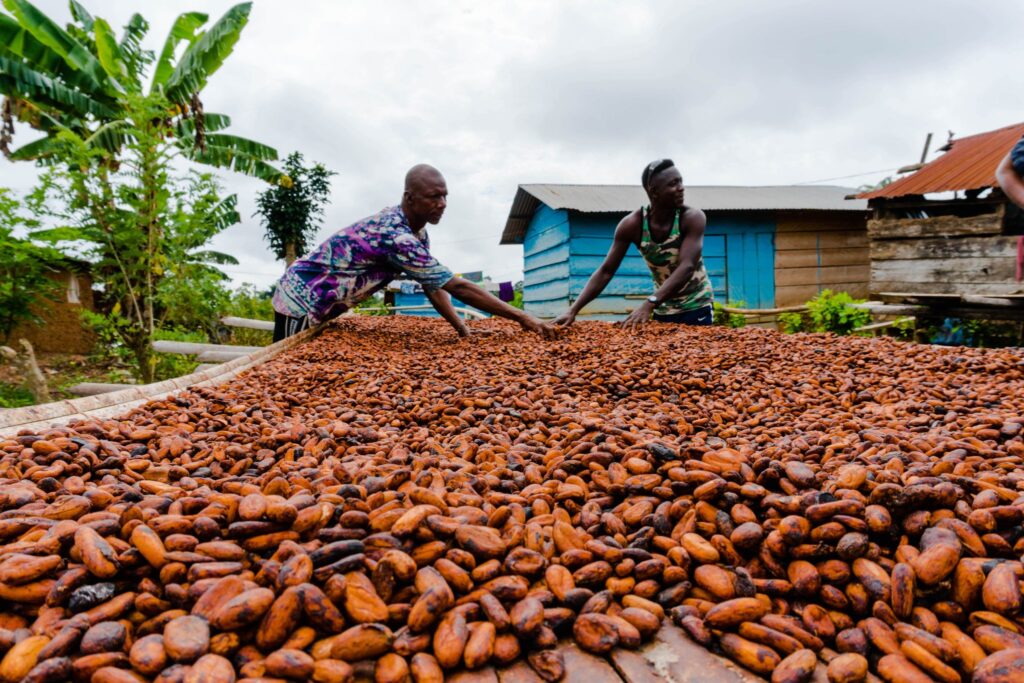Ghana’s cocoa production is projected to rebound in the 2024/25 season, thanks to favorable weather and enhanced crop management, according to Ghana’s Cocobod, farmers, and buyers. After a historic low last season—output dropping to just 55% of the typical yield due to poor weather and other challenges—Ghana, the world’s second-largest cocoa producer, now anticipates a recovery to 650,000 tons. However, the International Cocoa Organization remains cautious, projecting a more modest 500,000 tons.
Improved conditions this year have contributed to healthier cocoa pods and more productive trees. Abdul-Majid Mumuni, who leads Cocobod’s cocoa health and extension division, noted a remarkable yield with “not less than 50 pods per tree.” Farmers, like Ocran Christopher from Asamankese district, report increased harvests and are hopeful for continued growth if conditions persist.
However, Ghana’s cocoa industry still faces persistent threats. Black pod disease and bean smuggling continue to challenge farmers and officials alike. In response to significant losses from smuggling—over a third of last season’s cocoa output—the Ghanaian government raised the farmgate price by nearly 45% and adopted a new funding model. Instead of the traditional cocoa loan syndication, global buyers are now required to pay part of the cocoa price upfront, a move intended to disincentivize smuggling. While the strategy has received mixed reviews, officials hope it will strengthen local buyers’ cash flow and stabilize market dynamics.
Illegal gold mining, a growing problem for Ghana’s cocoa farms, also looms as a threat to the recovery. For now, though, Ghana’s cocoa sector is cautiously optimistic, eyeing a robust season that could impact both national revenue and global cocoa prices, which recently spiked due to low yields in Ghana and neighboring Ivory Coast, the top cocoa producer.



